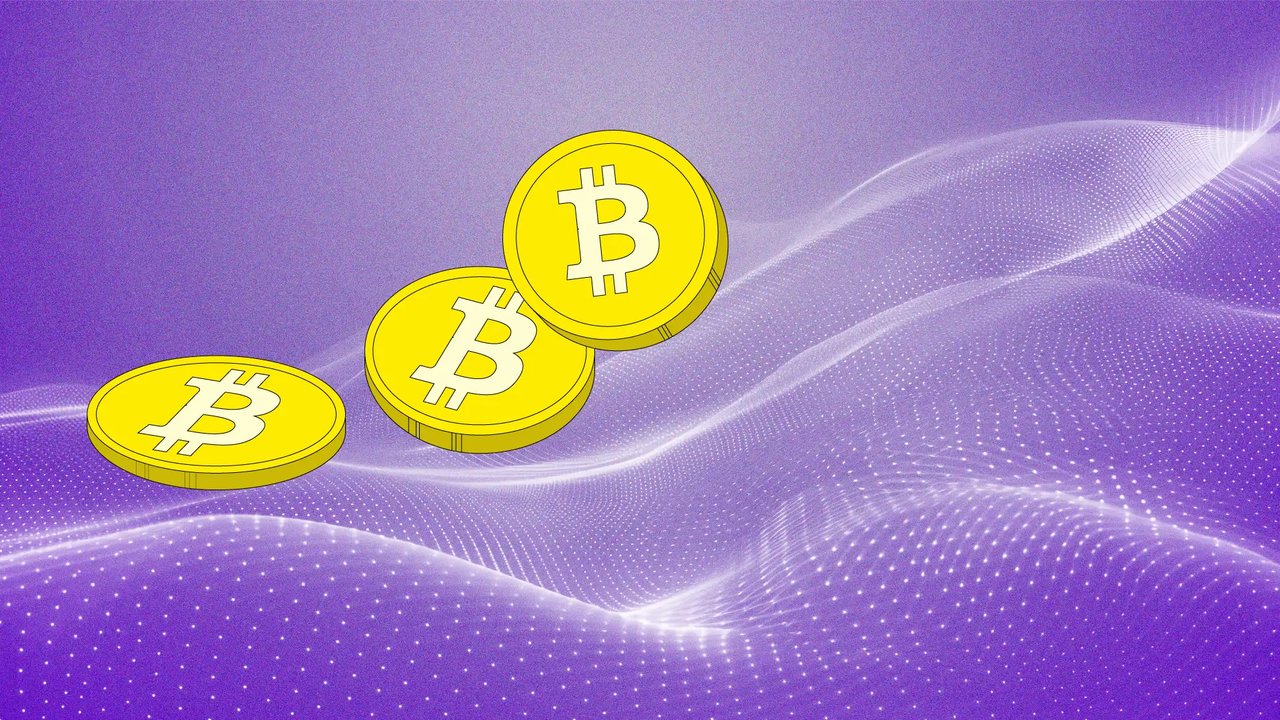Digital Gold or ETF Commodity? Why BTC's Original Growth Engine Is 'Running Out of Steam'
Bitcoin's price is soaring, but its fundamental on-chain utility is shrinking, signaling a disconnect.

Key Takeaways
- Bitcoin's price is soaring, but its fundamental on-chain utility is shrinking, signaling a disconnect.
- The growth engine has moved off-chain, now driven by ETFs and institutional custody, not grassroots usage.
- BTC is transforming from a revolutionary peer-to-peer asset into a passive, regulated commodity.
- Traditional metrics are obsolete; analysts must now track ETF inflows and corporate treasury holdings to gauge true market strength.
The core promise of Bitcoin, as outlined in the Satoshi Whitepaper, was the creation of a decentralized, peer-to-peer electronic cash system. For years, the asset's success was measured by how closely it lived up to this vision: rising numbers of active addresses, soaring transaction counts, and robust network utility. This on-chain activity was its original, powerful growth engine.
However, a controversial, yet empirically supported, argument suggests that this engine is failing. The central paradox of the current market cycle is this: as Bitcoin's price soars, reaching new all-time highs and crossing monumental market caps, its fundamental on-chain utility is being suppressed. The rise of institutional products is fundamentally altering how Bitcoin grows. This trend challenges the very identity of the asset and signals a profound divergence between its revolutionary technology and its modern economic function.
Growth Shifts Off-Chain
The fundamental argument is that Bitcoin's growth has been decoupled from genuine grassroots activity and is now predominantly fueled by off-chain institutional mediation.
The data reveals this critical shift. Metrics like daily active addresses and the number of new wallets created have, at times, shown a steady decline or stagnation, even as price climbs. This suggests that the primary driver of demand is no longer the individual user transacting on the network; it is the financial institution providing exposure off-network.
This move is powered by what we might call "custodial gravity." Highly regulated financial products, such as Spot Bitcoin ETFs, and the preference for large corporate treasuries to use regulated custodians (like Coinbase Custody or Fidelity Digital Assets) effectively suck vast amounts of liquidity and transactional volume off the public blockchain
The Transformation of BTC's Role
Bitcoin, in this context, is no longer being utilized as a medium of exchange; it is being treated as a passive, stored commodity.
It is traded as a ticker symbol on a brokerage screen rather than used as a global payment rail. Its primary function becomes sitting securely in a vault, generating wealth for passive holders rather than driving utility for active users.

Financialization vs. Decentralization
This viewpoint is highly contentious because it debates the very identity of Bitcoin, pitting the inevitability of institutional scale against the core ethos of self-sovereignty.
The Institutional View (Maturation)
Proponents of this view, largely from traditional finance and large asset managers, argue this shift is a sign of asset maturation. ETFs bring stability, massive liquidity, and critical regulatory legitimacy. By being easily traded on the NASDAQ or NYSE, Bitcoin can fulfill its "Digital Gold" destiny, providing a low-volatility, non-sovereign reserve asset for institutional portfolios.
They argue that transactional utility is a secondary layer that will be handled by highly efficient Layer 2 solutions, while the base layer (Bitcoin) focuses on being the unmoving, passive store of ultimate value. For them, the growth engine isn't running out of steam—it's simply upgraded to a higher-octane, institutional engine.
The Maximalist View (Betrayal)
Critics, often rooted in the original crypto philosophy, view this financialization as a betrayal of the core mission. They argue that if Bitcoin's price growth is reliant on centralized intermediaries and off-chain instruments, its core value proposition is compromised. They fear the asset is being co-opted, tamed, and neutralized by the very financial system it was designed to disrupt.
This camp emphasizes the censorship risk and the moral hazard of creating a centralized, custodial layer on top of a decentralized base. To them, the true growth engine is the utility—and suppressing that utility in favor of passive investment ultimately destroys the revolutionary power of the asset.

The Measurement Crisis Is What Matters Now?
The shift from on-chain utility to off-chain capital mediation has created a fundamental crisis in how the market is measured.
If fundamental on-chain metrics are no longer reliably correlated with price, how should investors value the asset?
Analysts are now forced to adopt a new set of metrics that track institutional engagement:
- ETF Inflows and Outflows: These figures, published daily, have become a new, primary indicator of demand, replacing active addresses.
- Corporate Treasury Holdings: The balance sheet size of public companies like MicroStrategy that acquire and hold large pools of BTC.
- Regulated Custody Volume: The total amount of BTC held by regulated custodians, which signals institutional trust and capital commitment.
This divergence means that a healthy price no longer necessarily implies a healthy network or widespread user adoption. The core growth story has become a purely financial one, disconnected from the foundational decentralized utility.
Seeing Two Futures for Bitcoin
Ultimately, the argument that Bitcoin's original growth engine is "running out of steam" is a powerful diagnosis of the asset's current identity crisis. It forces us to confront the reality that institutional capital prefers control and stability over decentralization and utility.The market is now forcing a choice between two futures for Bitcoin:
- The Revolutionary Future: A highly active, censorship-resistant currency system whose value is derived from peer-to-peer utility and global exchange.
- The Institutional Future: A regulated, stable, passive asset whose value is derived from its position as a high-performance ETP commodity in traditional finance portfolios.
For now, the institutional engine has taken the lead.
The trajectory of Bitcoin's price may be secure, but the final verdict on its original mission is still being written on-chain—or more accurately, off-chain.
Cwallet: Your Gateway to a New Era of Crypto Finance
Cwallet, more than a wallet, is your all-in-one gateway to secure crypto management and dynamic trading.
In one powerful platform, you can store, swap, earn, and spend over 1,000+ cryptocurrencies across 60+ blockchains. Spend your digital assets like cash with the Cozy Card, while extra tools such as HR bulk management, mobile top-ups, and gift cards make every transaction smoother.
We're leveling up into a comprehensive financial hub — from zero-fee Memecoins and xStocks trading to fast, interactive price-prediction trades like Trend Trade and Market Battle, making crypto trading more accessible, engaging, and fun!
Join millions already reimagining what a crypto wallet can do. Stay cozy, trade smart, and embrace the future of Web3 finance.
Official Link
Official Site: https://cwallet.com
Twitter: https://twitter.com/CwalletOfficial
Disclaimer: The content is for informational purposes only and is not investment advice. Please invest wisely and at your own risk.
